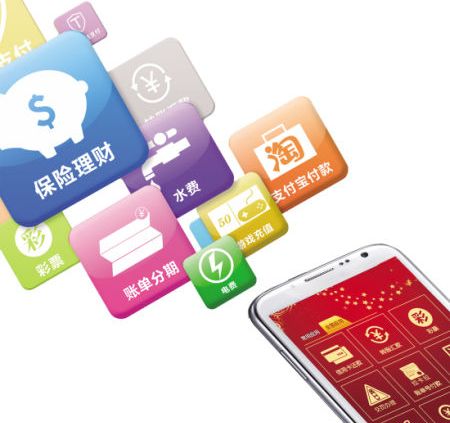Digital Service Branding
admin
- December 2, 2016

>
How financial service providers can better retain customers
A lot has been written about disruption in the financial industry. Recently, we discussed on our own blog how small and agile FinTech startups attack long established business models. Hundreds of these startups have entered the market, well funded by investors. Studies find that banks and insurers are forced to re-think.
Currently, the erosion of market shares of traditional financial services actors is still being slowed down by their strong, trustworthy brands. In established customer relationships, these brands convey trust and security. Especially in conservative markets like Germany, this entrenched brand loyalty is a high hurdle for small startups. These cultivated trust relationships have of course been threatened by financial crises, but there’s another crucial reason they’re in trouble:
User Journeys of teens and tweens (screenagers) involve fewer and fewer touch points with branches and advisors. Linear TV watching is becoming marginalized; mass media advertising is less and less relevant. Today’s already realistic alternative scenario: potential customers hear from friends about this new cool online bank, are excited about functionalities and services that they don’t get from their financial services provider, share this information on social networks, and spontaneously sign up. What may start as a parallel trial with two providers eventually leads to an end of the business relationship with the offline bank or insurer.
Here is how it happens:
- A friend’s recommendation trounces the trust capital that has been accrued by decades-old brands.
- The spontaneous decision for certain functionalities combined with a certain “hipness” factor satisfies the prospect’s present need. This wins over the substantially broader service spectrum of larger banks and full-service insurers.
- Young online target audiences are able to tackle fragmented services effortlessly – they have a checking account at A, a money-market account at B, a special insurance at C, and keep track of them all at D. These customers manage an average of 30 apps on their smartphones, and they’re not afraid to break with the traditional behavior of trusting one provider with all financial services.
In other words: sharing beats brand power and convenience beats service depth. Sinking trust in large financial service providers just accelerates this change. Increasingly, there is an app for each service – and users have become bolder in combining them.
Alibabas online bank changing traditional banking
The bank industry in China is also currently changing, with the launch of Alibabas MYbank, the first privately owned bank in Chinas highly regulated industry. By offering microloans of under 5 million yuan to consumers, entrepreneurs and businesses, Alibaba is pushing further into the internet finance sector and going beyond e-commerce. There is a huge demand of individuals and small businesses for banking services, which traditional banks have ignored. Due to Chinas strict regulations, MYbank is not yet authorized to open online accounts. Once overcoming this obstacle, MYbank is planning to offer various innovative banking services that will revolutionize the banking sector in China.
How banks and insurers can score again
Digital service offerings have become the pinpoint for new customer acquisition and customer retention. Because customers experience the brand online and because those experiences shape the perception of the brand, the importance of service branding increases. Service branding has become a mandatory part of brand management. For each division, product, or target audience, service branding needs to be at the center of all marketing activities. Just like commercials and packaging design are part of product branding, the user experience – each online process, click, button, form field – is part of service branding.
So far, today’s strong financial brands have the advantage of managing the biggest chunk of customer relationships. But there will come a point at which a customer will notice a simpler service, tailored to their specific need. That’s when the established customer relationship will start to crumble. In the end, the bank or insurer will manage an “account corpse” with whom it is no longer interacting and whose potential business has been grabbed by others. All the established brand value created by the expensive branches and holistic offerings will have turned into a money pit.
The solution is much simpler than the chase-after-the-next-disruptive-business model would have you believe. At its core is a plain, old truth: Customers have to come first, and they have to be catered to with services that fulfill their exact needs. To understand those needs, companies have to look beyond their typical parameters, beyond their own industry: Which standards, processes, and usage patterns have their customers become accustomed to? Which of those are not yet part of the existing internal building blocks? Which need to be urgently overhauled? Which existing services do customers really use? To throw complexity and size at everything just because a company is big enough (and accustomed) to doing so may not be the best way to connect to customers in the age of information overload.



